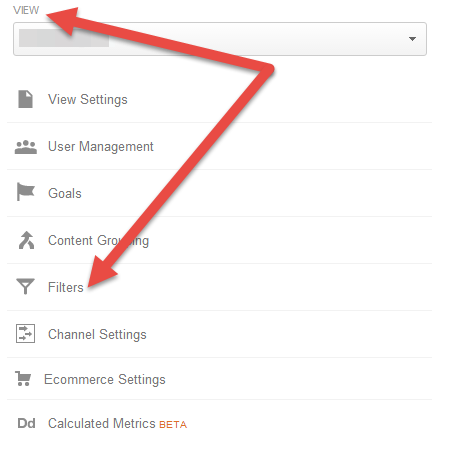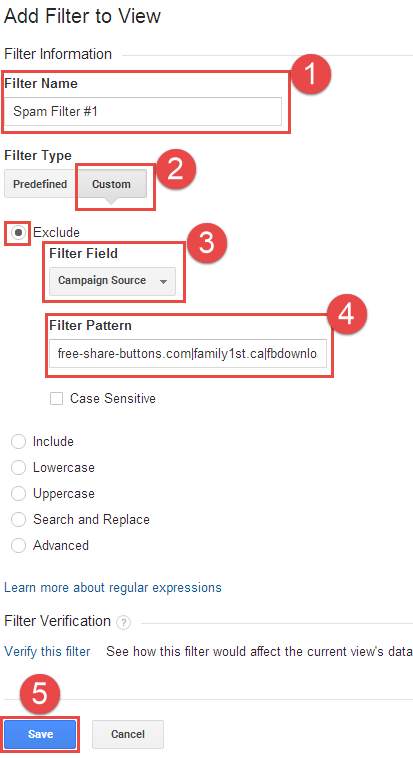Over the last year, many sites were sure that the traffic to their sites suddenly bounced by 20%-70%, and if companies did not look into this increase thoroughly they were very pleased. That is, until they realized that the increase in traffic shown in Google Analytics is caused by bots, or professionally speaking, 'ghost spam'.
What is ghost spam?
Ghost spam refers to traffic sources which appear on Google Analytics as if they bring in traffic (clicks/users) to your site. However, further inspection of these 'users' reveals strange data, for example, high bounce rates and session durations of 0 seconds. Look at this image:

** It's important to know that ghost spam could get in as direct traffic, organic traffic in addition to referrals.
Does ghost spam influence my website?
No. The problem's only influence is on the data of your website collected by Google Analytics, and nothing more.
Why do people send ghost spam?
That's the million dollar question. The site owners who send fake traffic to your Google Analytics actually want real traffic to their own sites. Once you've been exposed to a new site in your referrals list in Analytics, the first thing you want to do is figure out who it is. Once you've gone to their site they will usually transfer you in some way to Amazon, AliExpress or eBay, and thus implant a cookie on your computer, and so next time you buy a new smartphone cover they'll get their commission (in other words: cookie stuffing).
Other sites might do this more politely, and offer you a list of purchase suggestions (needless to say, all suggested links are affiliate links as well):

Some are even nicer, and will offer you the opportunity to enter your email and get additional spam directly to your private address:

So what's the solution?
The quickest way is simple- whenever you identify a fake source of traffic, block it using the Analytics filter feature. Here is a simple explanation of how to do this:
1. Go to Google Analytics > Admin

2. On the menu under View choose Filters.

3. +Add filter

4. Make sure you pick the following options:
(a) Name of the filter
(b) Set the filter kind to Custom
(c) The filter has to be based on campaign source
(d) The list of sources you wish to block should be separated with a pipe (“|”)
(e) Save.
Well done, you've now successfully managed to block traffic that would have sullied your real data. Be alert, new spammers pop up every day.
I wanted to make your job easy, and so here is a list of known spammers for you to start blocking already:
| 100dollars-seo.com forum69.info partner.semalt.com best-seo-offer.com best-seo-solution.com semalt.semalt.com semalt.com 7makemoneyonline.com anticrawler.org baixar-musicas-gratis.com descargar-musica-gratis.net semaltmedia.com | uptimechecker.com top1-seo-service.com fast-wordpress-start.com wordpress-crew.net dbutton.net justprofit.xyz video--production.com buttons-for-website.com buttons-for-your-website.com videos-for-your-business.com success-seo.com sitevaluation.org |
A secret tip for Finance Magnates' users
If you're working on a new site and you want to keep your data clean in advance, there is an online tool which connects to Analytics and allows you to get all the filters in one go, with no need to make any kind of effort.
Bottom line
We all base our business decisions around certain numbers, and in most cases these numbers are the user's data from Google Analytics. Allowing fake traffic to your site means that you risk making bad decisions, which could very well affect the company that you work for. Don't wait for it to snowball, deal with it now!
* This article was written by Eliav Lankri - SEO Specialist @ Finance Magnates

















